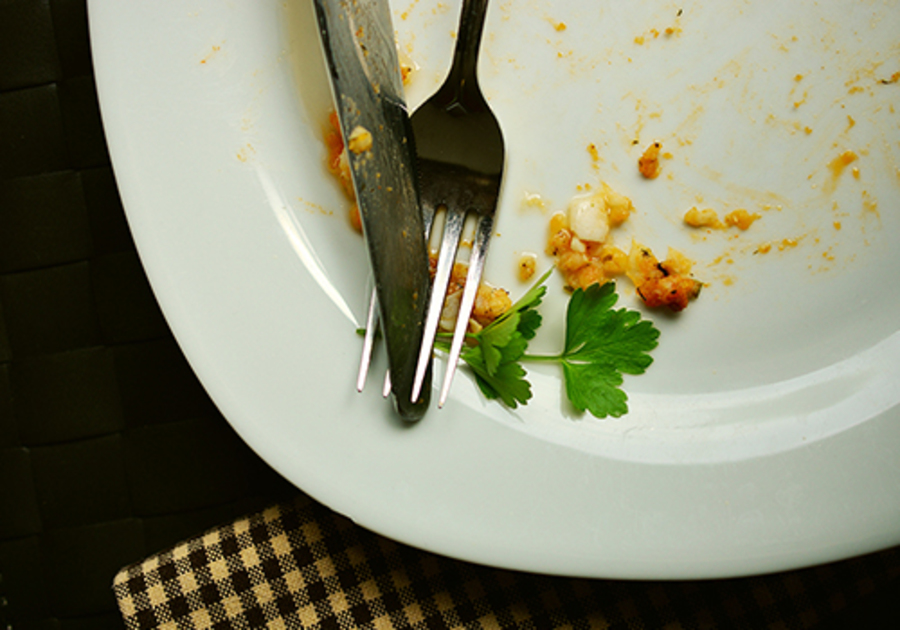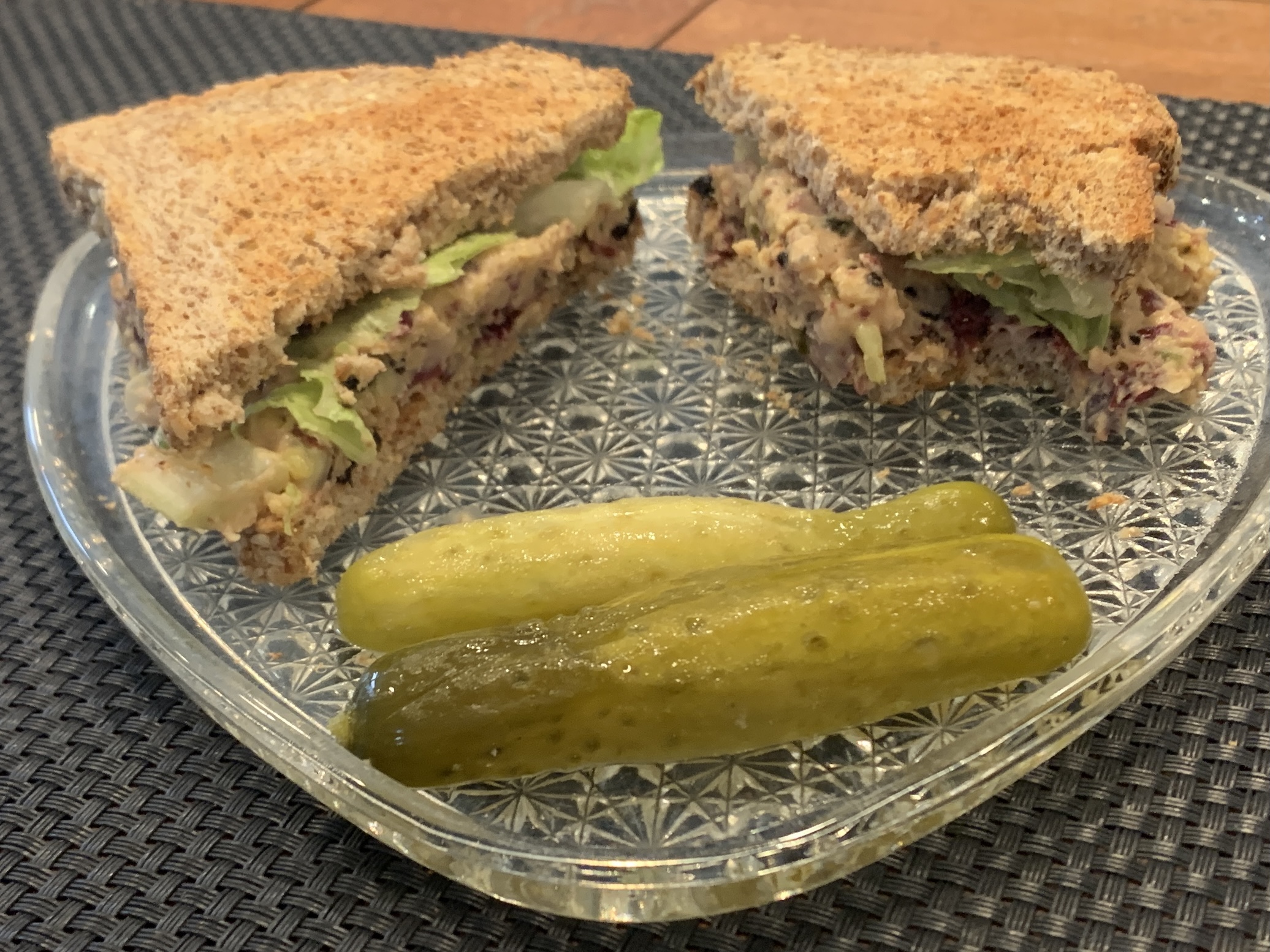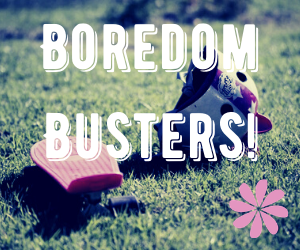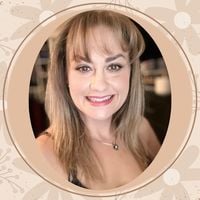November is known as the month Americans gather together to eat turkey. But did you know it's vegan month too? So put down that turkey leg and learn why nearly 10 million Americans choose to live as vegans. Maybe you'll consider it too!
When I was growing up, anyone who identified as a vegetarian or a vegan ate massive quantities of granola, listened to the Grateful Dead, and threw paint at anyone wearing a fur coat... or at least that's what I thought.
As I got a little older, a little wiser, and a little more conscious about my diet, I learned that it's not that simple and that vegan, vegetarian, pescatarian, and flexitarian are all different "flavors" ( pardon the pun!) of finding a healthy lifestyle that works for you.
My own journey led me to be a pescatarian, then a vegetarian, and finally to being vegan. Don't know what those terms mean? Here's a breakdown of these four eating lifestyles:
1. Vegan
Vegans, like me, exclude all animals from their diet, along with all byproducts of animals. Byproducts include things like dairy, eggs, and honey. You'd likely be surprised at how many products you purchase include animal byproducts. For instance, some candy, along with marshmallows, vitamins, and puddings often include gelatin, which is made by boiling skin, tendons, ligaments, and bones of animals. Many soaps and candles are also made with animal fats. Overall, vegans do not want to contribute to the exploitation, cruelty, or abuse of animals in any way, so they will choose products like cruelty-free make-up, shampoo that has not been tested on animals, and shoes and clothing that aren't made with fur, leather, or wool.
Wondering what vegans do eat? Here's what you'll find in my refrigerator:
- Fruits and vegetables
- Nuts, nut butters, and seeds
- Breads made without milk
- Rice
- Pasta (not egg noodles)
- Plant milks such as soymilk, coconut milk, almond milk
- Dairy-free ice cream
- Beans and Legumes
- Tofu
- Seitan
2. Vegetarian
People who do not eat animals including meat (beef, pork, rabbit, deer), poultry (chicken, turkey, duck), fish, or shellfish (lobster, shrimp, clams, mussels) are vegetarians. Vegetarians do eat byproducts of an animal such as eggs, dairy products, and honey. 
Make it: Vegan Chickpea Mash Sandwich
Ingredients:
• Bread • 1 can of chickpeas • 1 can of kidney beans • 1/2 red onion • 2 stalks of celery • 1 sheet of nori • 2 baby pickles • 1 Tbsp. yellow mustard • 1/3 cup vegan mayonnaise • Organic no-salt seasoning, salt and pepper, and garlic and herb seasoning to taste
Directions:
• Drain and rinse beans and chop in a food processor (or mash with a fork). • Chop the nori in the food processor (or just crumble). • Cut onion, celery, and baby pickles into small pieces. • Stir all ingredients together. It should have the consistency of tuna salad. • Toast bread and add chickpea mash. • Finish off your delicious sandwich with toppings like tomato, lettuce, and pickles.
3. Pescatarian
A pescatarian is simply a vegetarian who still eats fish and shellfish.
4. Flexitarian
A flexitarian is a person who eats a plant-based diet with the occasional addition of meat. Think of it as being a part-time vegetarian, as it was created for people who wanted to eat mostly plant-based, but they enjoy animal products in moderation. This is very popular among people who are trying to eat healthier, but who don’t want to become vegetarians.
Ellen DeFrancesco is the publisher of Macaroni Kid Long Beach-Oceanside-Rockville Centre, N.Y.

Find your family fun® with Macaroni Kid!
SUBSCRIBE for your FREE Calendar of LOCAL kid & family friendly events ONLINE Fun!
 | 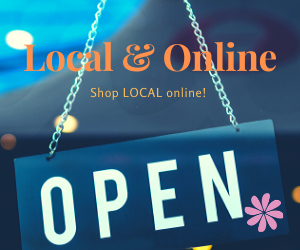 |
 |  |
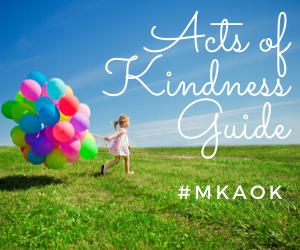 | |

